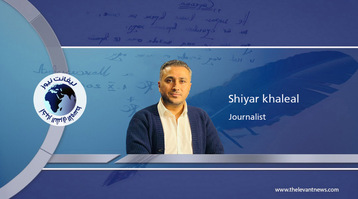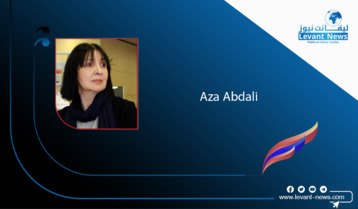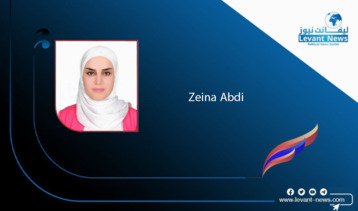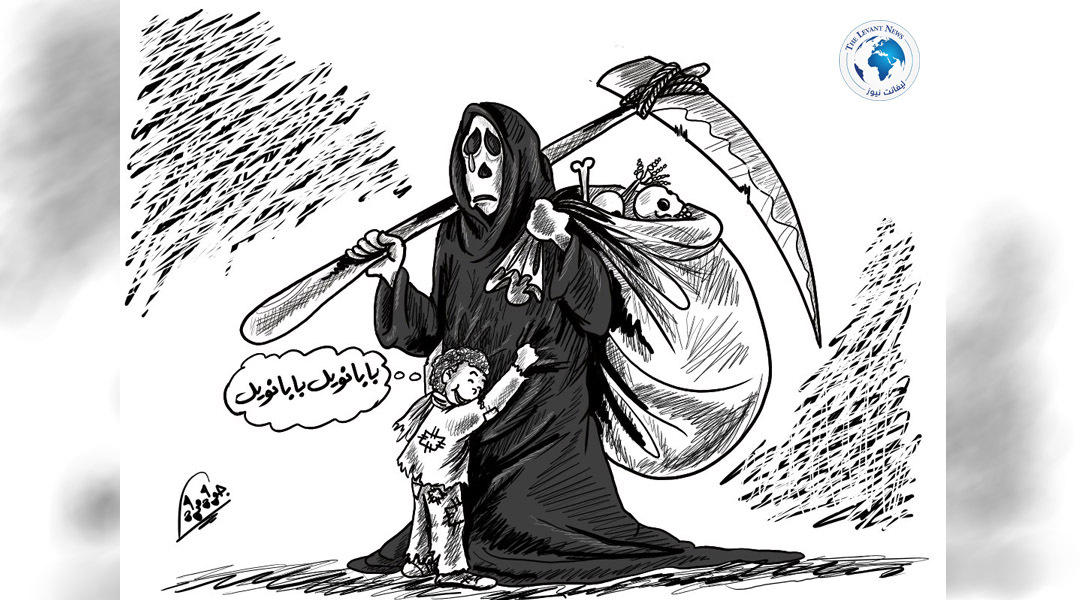-
Arab Spring Democracies: Their Pros and Cons
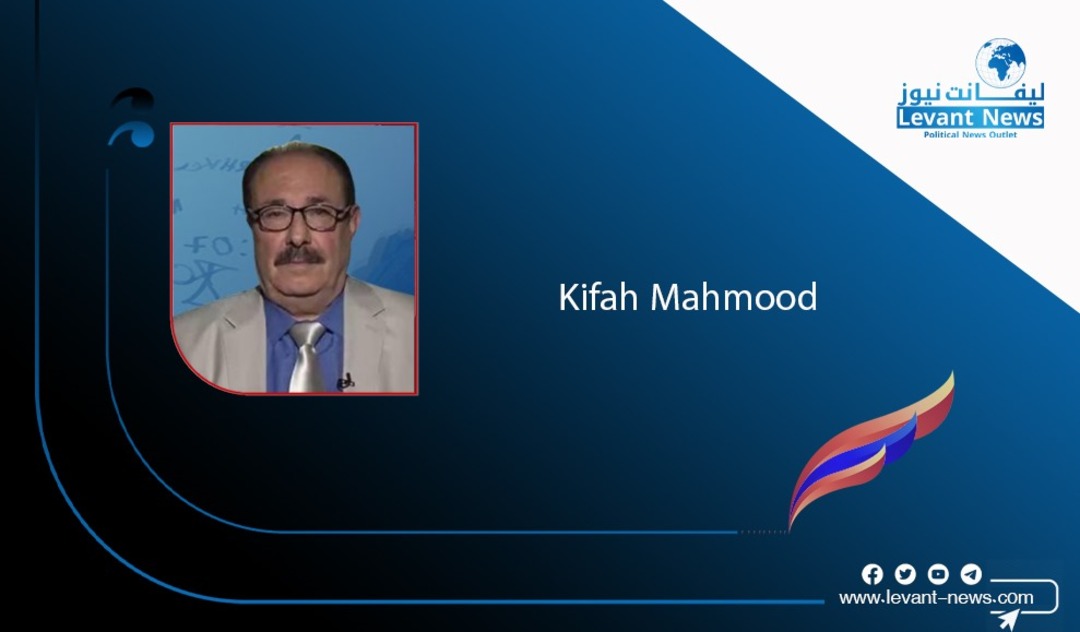
Since 2011, the "Arab Spring" has been a pivotal moment in Arab political history. It was when peoples took to the streets demanding the fall of authoritarian regimes and the establishment of democratic systems that reflect the popular will. These movements toppled regimes in Tunisia, Egypt, Libya, and Yemen, while Syria faced a severe uprising that escalated into a civil war. Despite the popular momentum, these upheavals did not result in stable democracies but rather in short-lived transitional experiments, chaos, or a return to different forms of authoritarianism. In this context, serious questions emerged about the nature of the transition, its realism, and its future.
The revolutions brought about significant psychological and social transformations, foremost among them was the removal of fear associated with political participation. They empowered marginalized groups to voice their demands and reintroduced public debates around concepts of citizenship, justice, and freedoms. New political and media elites emerged, especially in Tunisia. There was a widespread sense among the public of empowerment—even if temporary—but this moment was fleeting. Countries like Libya, Yemen, and Syria descended into civil wars, while Egypt experienced mass protests against Mohamed Morsi and the Muslim Brotherhood’s attempt to monopolize power. Even Tunisia, once considered a successful model, reverted to a form of “constitutional authoritarianism” due to economic crises and political divisions. What happened was a rapid collapse of the post-revolutionary structures, prompting a need for deeper reflection on the nature of such building processes.
Imposed Western Models
Revolutionary elites and supporting states sought to clone the Western liberal democratic model, emphasizing mechanisms such as elections, constitutions, and multiparty systems, without considering that this model is the result of historical, cultural, and institutional accumulations absent in Arab countries emerging from authoritarian regimes. These societies lacked the infrastructure necessary for democracy: independent judiciary, active civil society, free media, and traditions of tolerance and political coexistence. Moreover, most of the change was top-down, driven by regional and international pressures, targeting the political leadership without fundamentally transforming social, economic, or cultural structures. In other words, regimes changed but societies did not; the political culture rooted in obedience, loyalty, and primary affiliations (tribe, sect, leader) remained intact. There was no cultural or educational reform accompanying political shifts that could reshape citizens’ awareness.
As a result, tools of oppression were reproduced in new forms. This fragility fueled internal conflicts among Islamist and secular currents—as in Egypt and Tunisia—as well as sectarian and regional tensions—as in Yemen, Libya, and Syria. Instead of building a shared historical consensus, societies split along ethnic and identity lines, leading to declining security, economic downturns, and eroding public trust in new elites.
The Gulf Contradiction: Gradual Modernization as an Alternative Model
In contrast, Gulf countries, especially Saudi Arabia and the UAE, emerged as different models of managing transformation. These states did not experience popular revolutions; instead, they adopted gradual, well-planned pathways to modernize their states and societies while preserving political and social stability. They strengthened state institutions, regulated the relationship between religion and state, and modernized their economies through strategic visions—all without abrupt upheavals.
Although these countries did not fully adopt the Western democratic model, they implemented effective institutional and societal reforms that made them more stable and less prone to chaos. This approach offers an alternative: internal, gradual transformation rooted in the specific local context, rather than external pressures or copying foreign models.
What Is the Realistic Alternative?
Arab experiences have proven that change cannot be imposed from above nor imported from outside. Democracy is not merely a ballot box but a long-term process that requires:
- Building genuine institutions, not just symbolic figures.
- Reconfiguring the social contract based on citizenship.
- Reforming education, media, and culture to foster political awareness.
- Breaking down entrenched systems of corruption and tyranny.
- Integrating traditional structures (tribes, religious authorities) into the transformation process without monopolizing it.
In Summary
The Arab Spring revealed a deep yearning for freedom, but it clashed with a complex reality that cannot be overcome through good intentions alone. Amid revolutionary impulsiveness, Western copies, and external intervention, there was a lack of a realistic vision for constructing a new system. Conversely, Gulf models demonstrate that transformation does not mean rupture but gradual evolution. Disorder is not the way—rebuilding the state and society slowly and steady remains the path.
The true challenge for Arab nations is to build democracies rooted in their own realities, deriving legitimacy from their unique contexts rather than borrowed models.
Kifah Mahmood
You May Also Like
Popular Posts
Caricature
opinion
Report
ads
Newsletter
Subscribe to our mailing list to get the new updates!

